 1
1 Answer:
Answer explained below.Step-by-step explanation:
Vertebrates are animals that possess a backbone or a spinal column. They are classified into eight different classes based on their characteristics, anatomical features, and mode of living. These eight classes include Agnatha, Chondrichthyes, Osteichthyes, Amphibia, Reptilia, Aves, Mammalia, and Myxini. In this essay, we will discuss the characteristics of each class and provide two examples of animals belonging to each class.
Agnatha:
Agnatha is the most primitive class of vertebrates, and their name means "jawless fish." They are characterized by their lack of jaws and paired fins. Agnatha includes hagfish and lampreys. Hagfishes are scavengers that live at the bottom of the ocean, and they secrete a slime that helps them escape from predators. Lampreys are parasitic fish that attach themselves to other fish and feed on their blood.
Chondrichthyes:
Chondrichthyes are commonly known as cartilaginous fish. They have a skeleton made of cartilage instead of bone. Chondrichthyes include sharks, rays, and skates. Sharks are apex predators that have a streamlined body and sharp teeth. They are found in all oceans and are known for their ability to sense electric fields. Rays and skates are flattened fish that are adapted to life on the ocean floor. They have a venomous spine on their tail that they use for defense.
Osteichthyes:
Osteichthyes are the bony fish. They have a skeleton made of bone, and most of them have a swim bladder that helps them control their buoyancy. Osteichthyes include trout, salmon, tuna, and carp. Trout and salmon are freshwater fish that are popular for their taste and are often farmed for human consumption. Tuna is a large pelagic fish that is known for its speed and is also an important food source. Carp is a freshwater fish that is often kept as a pet.
Amphibia:
Amphibians are cold-blooded animals that can live on both land and water. They have smooth, moist skin, and most of them lay their eggs in water. Amphibia includes frogs, toads, and salamanders. Frogs and toads are found in many different habitats, from forests to deserts. They are often used as an indicator of environmental health. Salamanders are found in moist habitats such as forests and streams. They have the ability to regenerate lost body parts.
Reptilia:
Reptiles are cold-blooded animals that are covered in scales or scutes. They lay their eggs on land and have a well-developed respiratory system. Reptilia includes snakes, lizards, crocodiles, and turtles. Snakes are found on every continent except Antarctica. They are known for their ability to swallow prey whole and are important in controlling rodent populations. Lizards are found in many different habitats and can range in size from a few centimeters to several meters. Crocodiles are large, carnivorous reptiles that are found in tropical regions. Turtles are found in both freshwater and marine habitats and are known for their hard shells.
Aves:
Aves are birds, which are characterized by their feathers, wings, and beaks. They have a high metabolic rate, which allows them to fly. Aves includes birds of prey, waterfowl, and songbirds. Birds of prey include eagles, hawks, and falcons, which are known for their sharp talons and beaks. Waterfowl includes ducks, geese, and swans, which are found in wetlands and are often hunted for sport. Songbirds include finches, canaries,and sparrows, which are known for their beautiful songs and are popular pets.
Mammalia:
Mammals are warm-blooded animals that have hair or fur and produce milk to nourish their young. Mammalia includes primates, carnivores, herbivores, and marine mammals. Primates include humans, apes, and monkeys, which are known for their intelligence and social behavior. Carnivores include lions, tigers, and bears, which are apex predators and are often hunted for their fur. Herbivores include deer, cows, and sheep, which are important for their meat and dairy products. Marine mammals include whales, dolphins, and seals, which are adapted to life in the water.
Myxini:
Myxini is the smallest class of vertebrates and includes only one family of animals, the hagfish. They are jawless fish that are found in the deep sea and are known for their ability to produce a slime that helps them escape from predators
One parrot species that feeds on large seeds nests is in the same tree as a parakeet that feeds on small seeds, they occupy different niches.

Need this store of protein:
The seed consists of three components: embryo, endosperm (sometimes perisperm), and seed-coat. Both endosperm and embryo are the products of double fertilization, whereas the seed-coat develops from the maternal, ovular tissues. The seed habit is a significant advancement in the evolution of higher plants.
Anatomy of seed :-
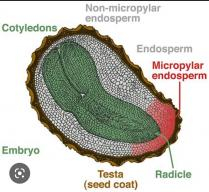
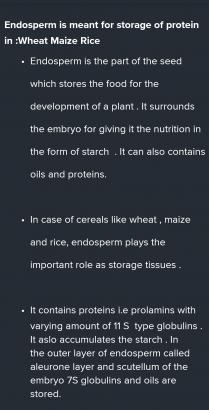
Seed storage proteins provide a source of amino acids and reduced N necessary for germination and early growth of the seedling.
Consumers are dissatisfied with the way that large corporate farms are treating nature's natural resources.
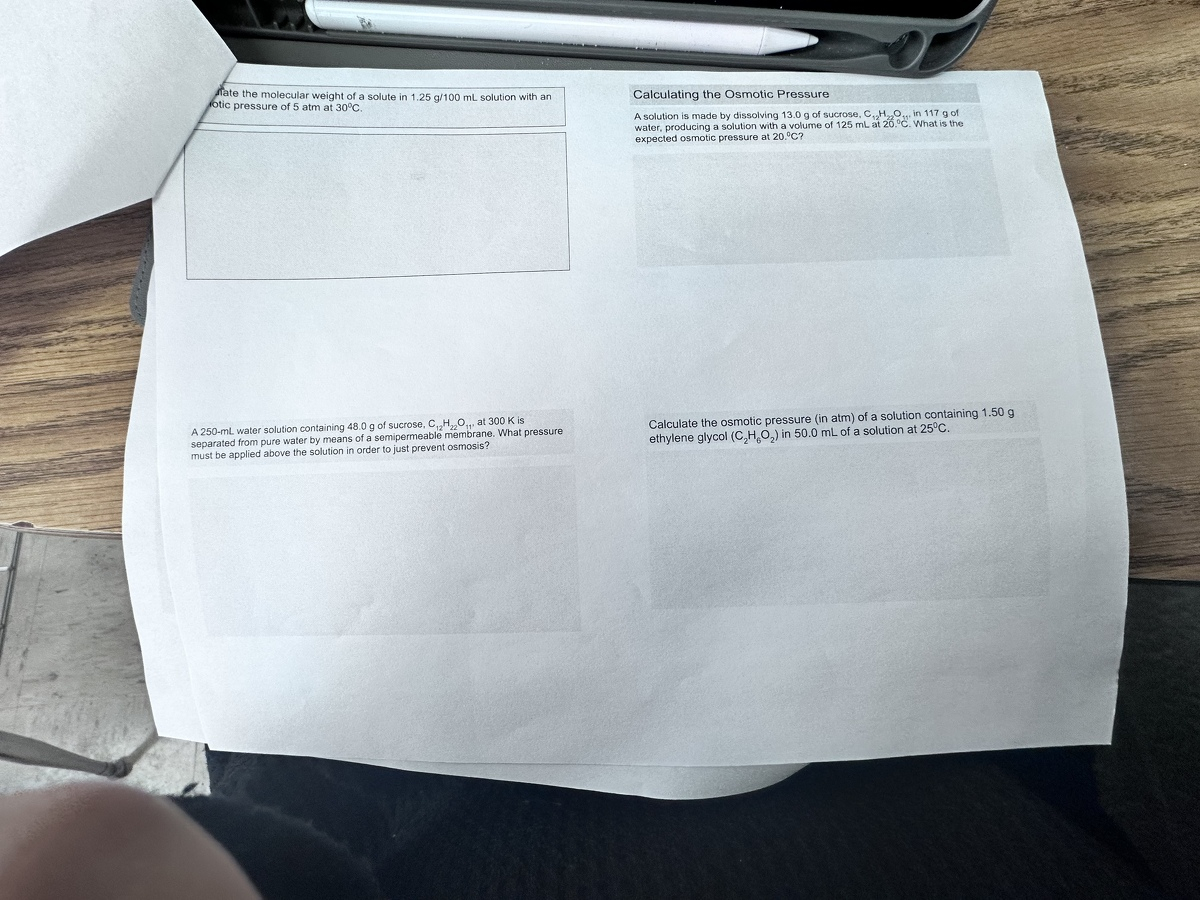
Angelica suffers from lupus disease.people with this disease are extremely sensitive to sun light.

Rank the following cities in order of earthquake risk from high risk to low risk:
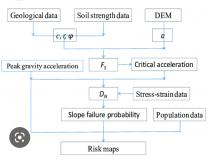

A scientist look for in a plant that would identify it as a club moss rather than a liverwort.
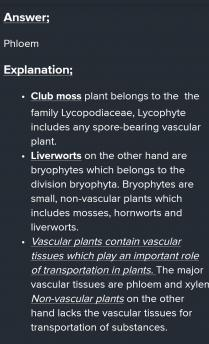
Fungi are a food source for animals and humans. Fungi produce oxygen to breathe. Fungi destroy rocks and minerals. Fungi are natural recyclers.
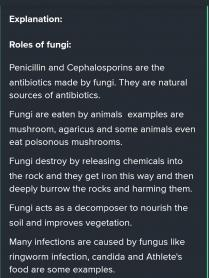
The nerves and muscles communicated with each other to trigger her reflexive response…
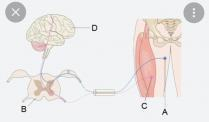



when soaked in dilute sodium chloride solution onion gain mass because of the process of osmosis.
Explanation: Osmosis is a process when there is movement of water from the region of comparatively higher concentration to the region of lower concentration across in a permeable membrane.
Example with explaination :
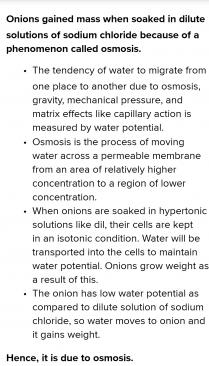

It will provide an instant answer!
